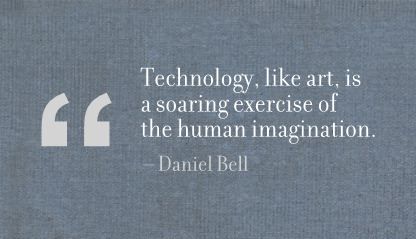Technology and Art #1 - Breaking Boundaries in the 1950s
In the 1950s, the art world was controlled by a handful of wealthy patrons, galleries, and critics in Paris, London, and New York. If you were not part of the “art crowd,” your work would not be displayed, reviewed, or purchased. Painters like Jackson Pollock dominated the art world.
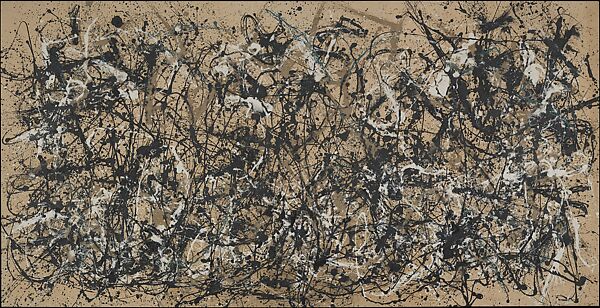
In response, aspiring “outsider” artists embraced technology to challenge and redefine art. They explored new techniques, the relationship between art and music, and even mocked the commercialization of art.
In the early 1950s, American Ben Laposky became the first person to use computer technology to achieve artistic fame. Prior to World War II, Laposky had been a sign painter with the goal of becoming an artist. Unfortunately, he was seriously injured during the war and could no longer paint. Not only were his dreams shattered, but he could not make a living. During his time in the military, however, Laposky had used oscilloscopes to help repair radar systems. Oscilloscopes represent voltage as sinusoidal waves, and Laposky saw art in those repeating waveforms.
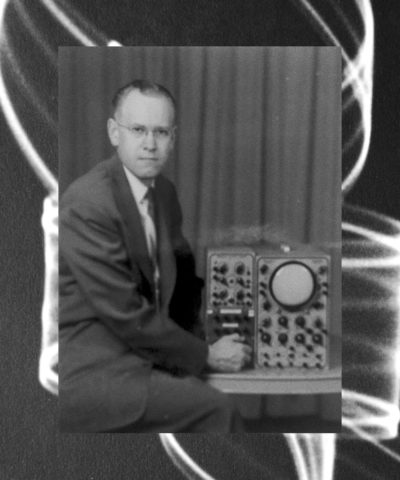
After the war, Laposky created art by taking photographs of oscilloscope readouts. By using long exposure photography, he created multi-layer sinusoidal images. Over time, he even added filters to add vibrancy and color to his photographic images. Laposky’s work captured the public’s imagination and was published in over 250 books, magazines, and newspapers. Advertising agencies even began to commission work from him. In 1956 his work even won a New York Art Directors Club gold medal. By sheer force of innovation and popularity, Laposky formed a new branch within abstract impressionism, and the art world had to accept him.
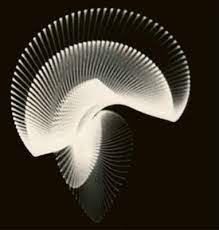
Laposky continued to push artistic boundaries. First, he added performance art to his shows. Not only would he display his photographs, but he would set up oscilloscopes so the audience could watch the scopes and see him create his photos, firsthand. Second, he explored the confluence of art, technology, and music. He saw that the oscillations that measure voltage in circuits were similar to the wave patterns of sound and music. His final works were trying to create a mapping between the oscillators and music to create “visual music.” Laposky used technology to create a new perspective on art and music, and to build a successful career.
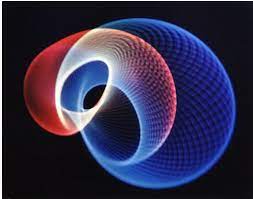 In 1953, Gordon Pask, an eccentric British scientist and artist, expanded on Laposky’s ideas about art, technology, and music. Like Laposky, Pask was not embraced by the artistic community because he had a diverse set of interests and fought with virtually everybody around him. Unlike Laposky, Pask did not dream of becoming an artist. Instead, he wanted to develop computer systems that connected people with machines. Over a half-century before modern machine learning, Pask believed that people and machines could train one another to be better. He began by trying to connect artists and technology.
In 1953, Gordon Pask, an eccentric British scientist and artist, expanded on Laposky’s ideas about art, technology, and music. Like Laposky, Pask was not embraced by the artistic community because he had a diverse set of interests and fought with virtually everybody around him. Unlike Laposky, Pask did not dream of becoming an artist. Instead, he wanted to develop computer systems that connected people with machines. Over a half-century before modern machine learning, Pask believed that people and machines could train one another to be better. He began by trying to connect artists and technology.
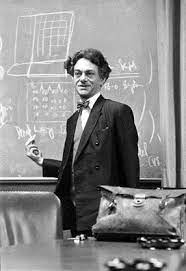
Pask invented the MusiColor system which integrated light, sound, and computer responses. Musicians would play into a microphone and the computer would analyze the pattern of their playing, including rhythm, notes, and volume. In response to the musical input, MusiColor would generate light patterns. At first, the goal was to provide a light show to accompany the music. Over time, however, MusiColor would detect repetitiveness in the music and change the light pattern to keep the audience interested and to alert the performer that they were stagnating.
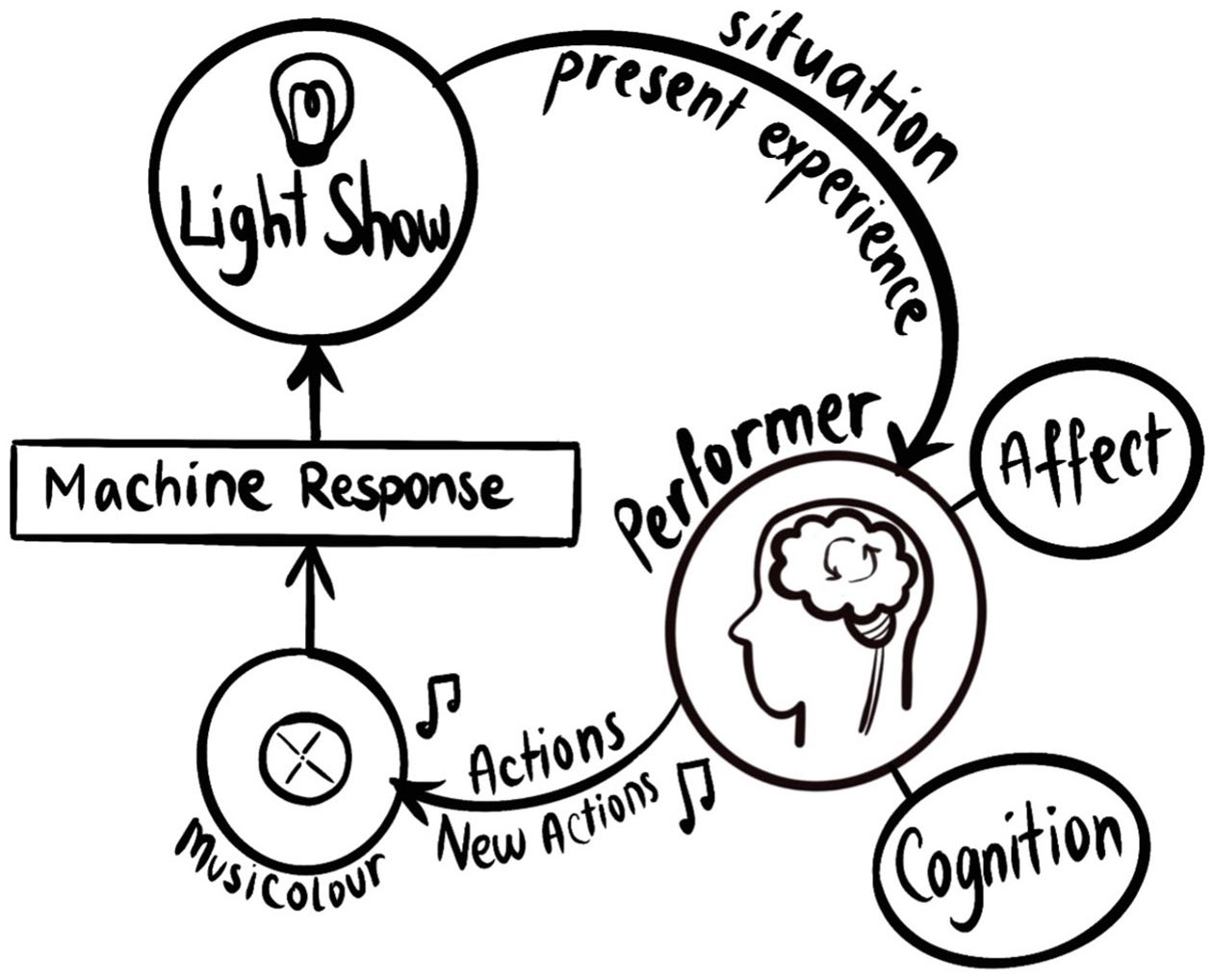
Early MusiColor tests demonstrated the musicians’ excitement at incorporating technology. In addition to yielding the desired results - entertaining audiences and encouraging performers to vary their music - there were unexpected benefits. Some musicians learned how to get MusiColor to generate desired light patterns with their play. They believed that they could teach MusiColor just with their music.
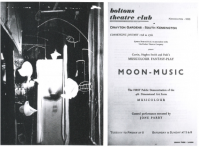
Unfortunately, MusiColor did not revolutionize music and art in the 1950s. It was such a complex system that it needed constant tuning, and Pask quickly moved to other inventions. Therefore, while it captured people’s imagination fifty years ahead of its time, it ceased to be used within three years. Still, Pask changed the art world’s perception of what could be done with computers and music, helping stimulate the multi-media art movement of the 1960s.
By 1955, technology-influenced art spread to France. Jean Tinguely was a struggling artist who was frustrated that success depended more on business relationships than creativity. To criticize how mechanical art had become, he built robots to draw images. Each robot was a motor-driven arm that could hold one or more tools to put pencil, crayon, or paint on paper. Tinguely’s “Métamatics” series (1955–59) showed that the art community just wanted homogeneity in the style and output of artists.
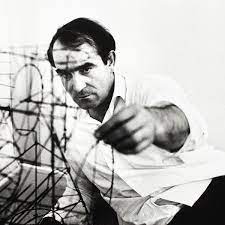
Even though Tinguely intended to critique the hypocrisy of the art world, he began an artistic revolution. First, audiences considered the Métamatic machines to be sculptures, in the modern “industrial” style. Second, people flocked to watch the machines create their drawings. Over time, Tinguely even allowed them to choose the colors used, so that the works were customized for each person. Third, since the machines were not entirely stable, each artwork was different, demonstrating that mechanized art was not necessarily “cookie cutter.”
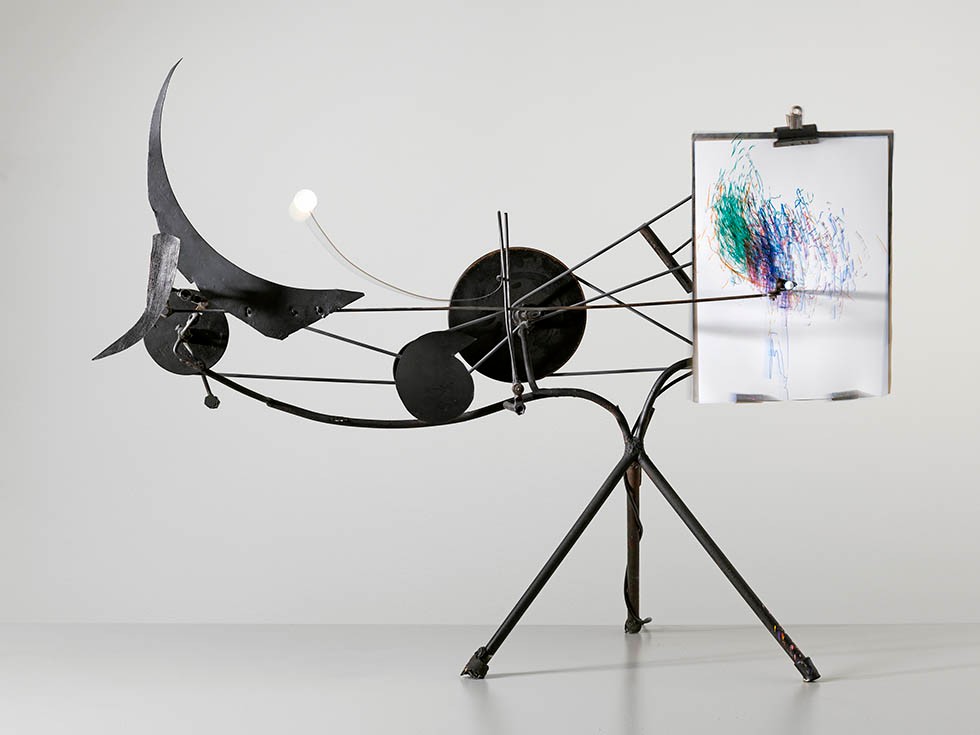
By 1959, Tinguely had become a leader of multiple artistic movements. First, the world was embracing “performance art,” which included Tinguely’s machines. Second, he led the critique that artists were “geniuses” since his mindless robots could generate paintings that were indistinguishable from many abstract works of the time. Third, since each image was different, it raised the question of whether humans were truly uniquely creative.
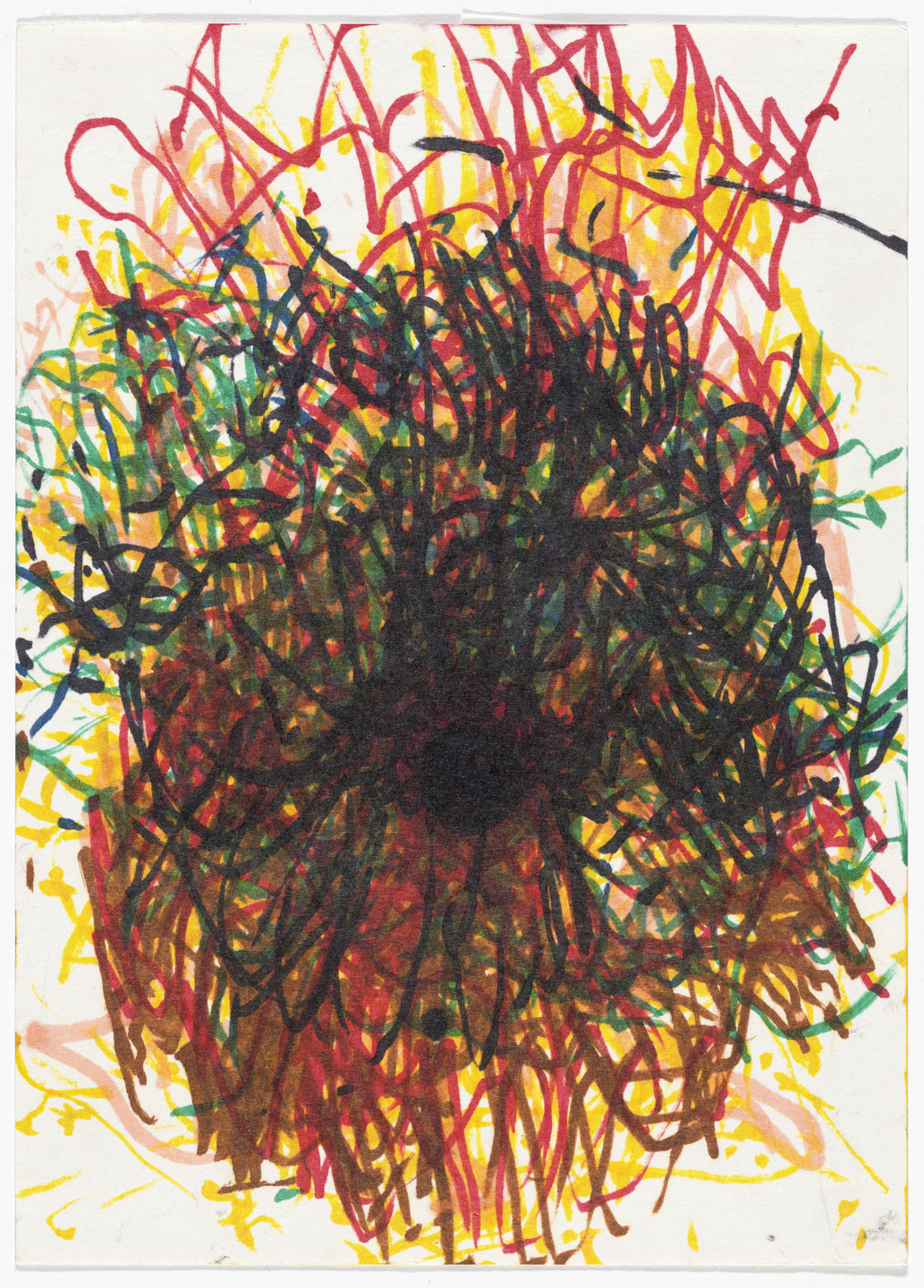
In the 1950s, artists challenged the establishment by using the emerging computer and robotics technology. People who loved both technology and art were able to innovate, build careers, and found new artistic movements. Technology and art have been intertwined from the very beginning, and robotics teams should embrace both disciplines to truly excel.
